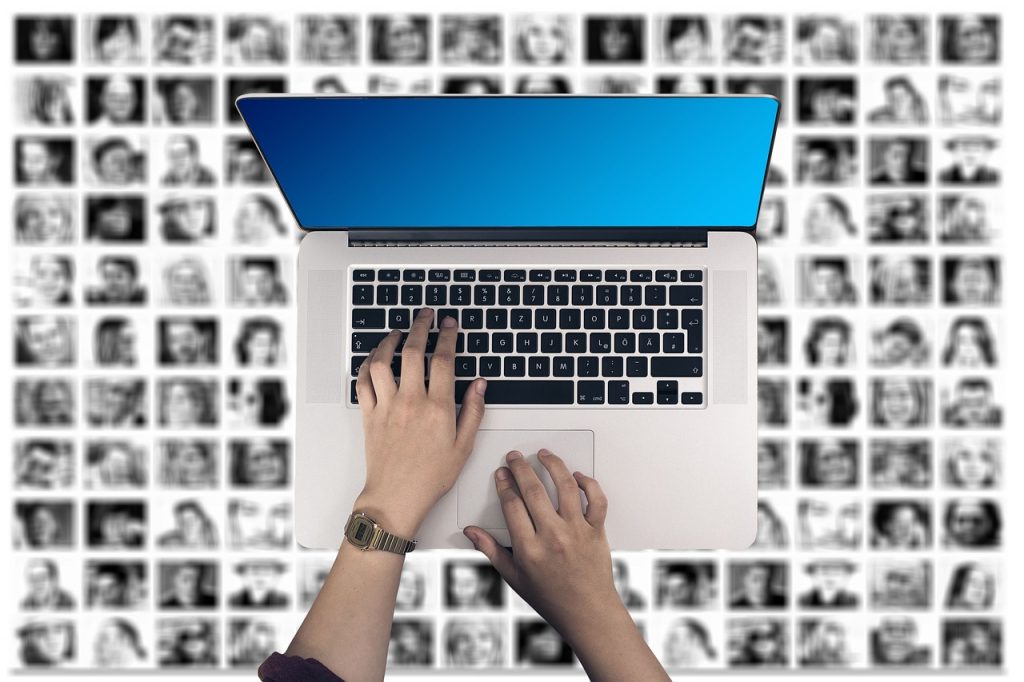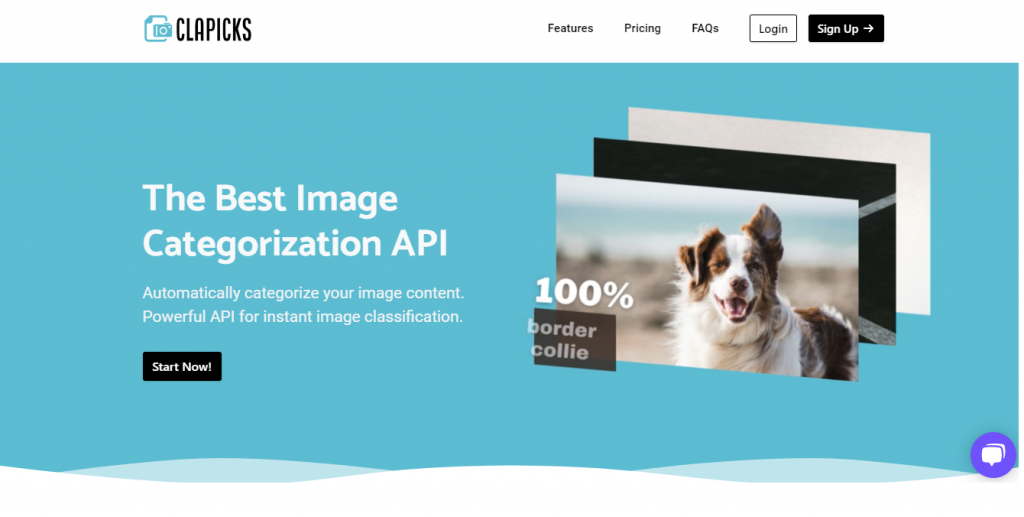APIs for image classification are essential for quickly and accurately classifying big quantities of images. You’ll get a straightforward explanation for everything and the greatest option to complete that assignment if you read this post in its entirety. Read on to learn about all of its advantages and to know how this technology is changing the web world!
Numerous businesses have sizable databases with difficult-to-use and control images. It may eventually become uncategorized and useless due to their possible absence of an efficient way to interpret all visual input.

Think about the situation that follows. You must determine whether a banana is ripe, unripe, or excessively ripe. If a banana is green, it is unripe, and if it is yellow, it is ripe. A banana is deemed to be overripe if it begins to turn brown or black. This identification is rather simple for humans to make. We can typically determine something by looking at the banana.
An image categorization technique would be useful in this situation. A camera might be put up to capture images of the bananas as they pass by on the assembly line. Green bananas have not yet been packaged for supermarket sale. A banana is shipped-ready if it is yellow.
The operation of image classification APIs
Developers can send an image and receive data about what’s in it by using image categorization APIs. This can be useful for a variety of things, like helping people identify pictures depending on what they’re about or spotting pictures with inappropriate content. Using image classification APIs, a picture is inspected to determine what it includes. The API will then provide the categories that the image belongs to.
How are they changing the web world?
Due of their capacity to serve as a recognisable icon for nations, groups, and other representational signals, trademarks can be used to detect trademark infringement. When given API access, an application can search data for client logos and notify the user if it finds anything odd or strange.
What other purposes could picture categorization serve?
Defect detection: Materials generated on a production line that are defective or not could be identified by an image classifier. The classifier could have particular flaws (i.e. the product contains a hole, the product is cracked).
Unfit for work (NSFW) content control: NSFW content cannot be posted on a platform that forbids it, according to a picture classifier.
Leak detection: You could use an image classifier to track pipes throughout a factory and identify any instances of leaks.
As a result, you might need to employ an API, such as Clapicks by Zyla Labs, to swiftly classify your photos and maintain the structure of your database. Your time and effort will be greatly reduced by its simple operation, giving you more time to focus on other crucial duties. Below, we’ll explain why.
Clapicks
For businesses who need to content-categorize unstructured data from massive image databases, Clapicks is ideal. This API will provide you with the information you need to identify photographs that are linked to people, animals, sports, or landscapes.

Additionally, Clapicks strives to appropriately categorise the items that were discovered. Minivans and wagons differ from vehicles in several ways. This API will provide comprehensive details about the image’s objects.
After you have merely entered the image URL, a detailed list of every element the AI can recognize in the image will appear. A confidence level and a list of the objects that have been found will be provided to you. You see? This is the best choice for you! Go and give it a try!

